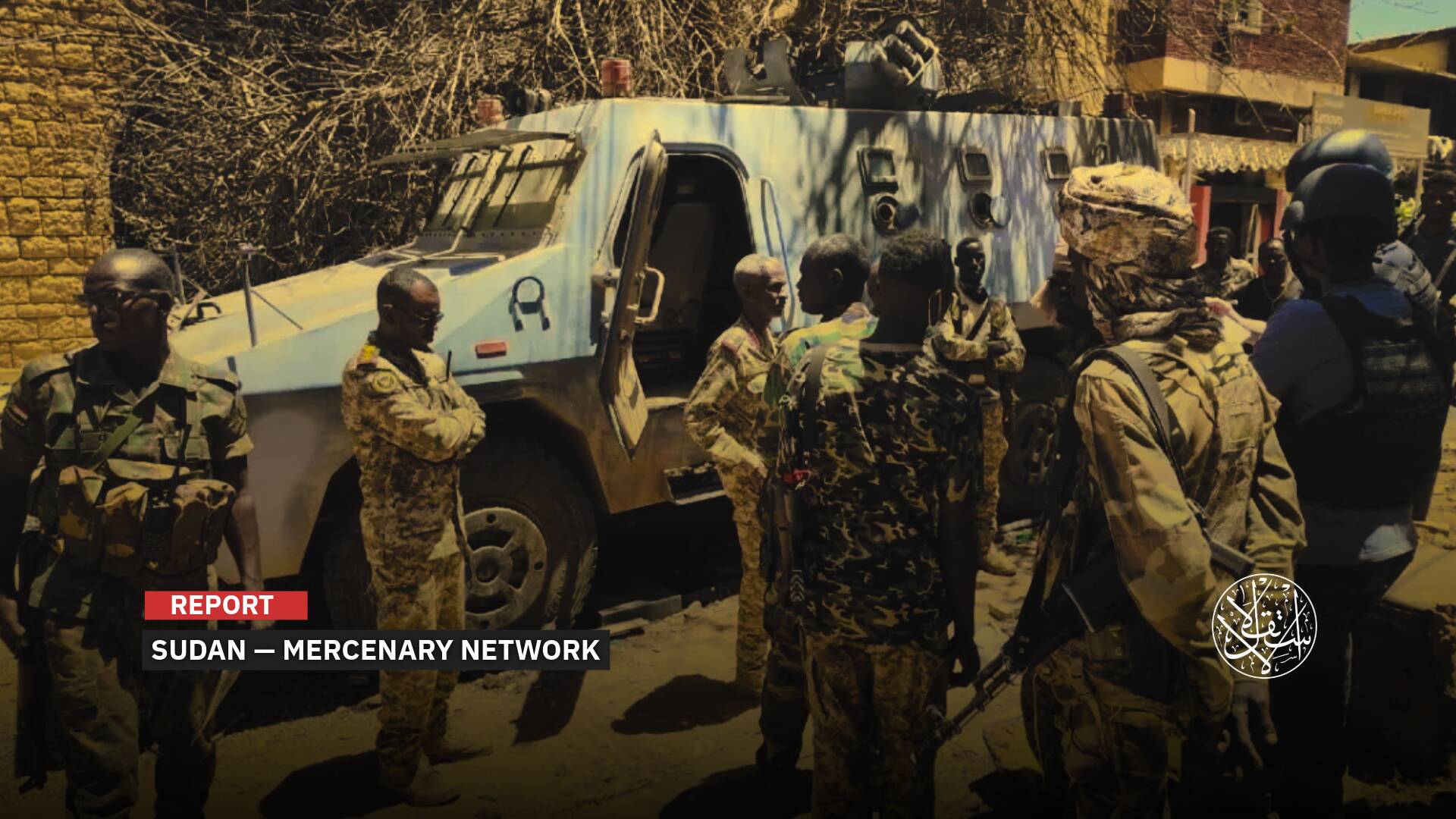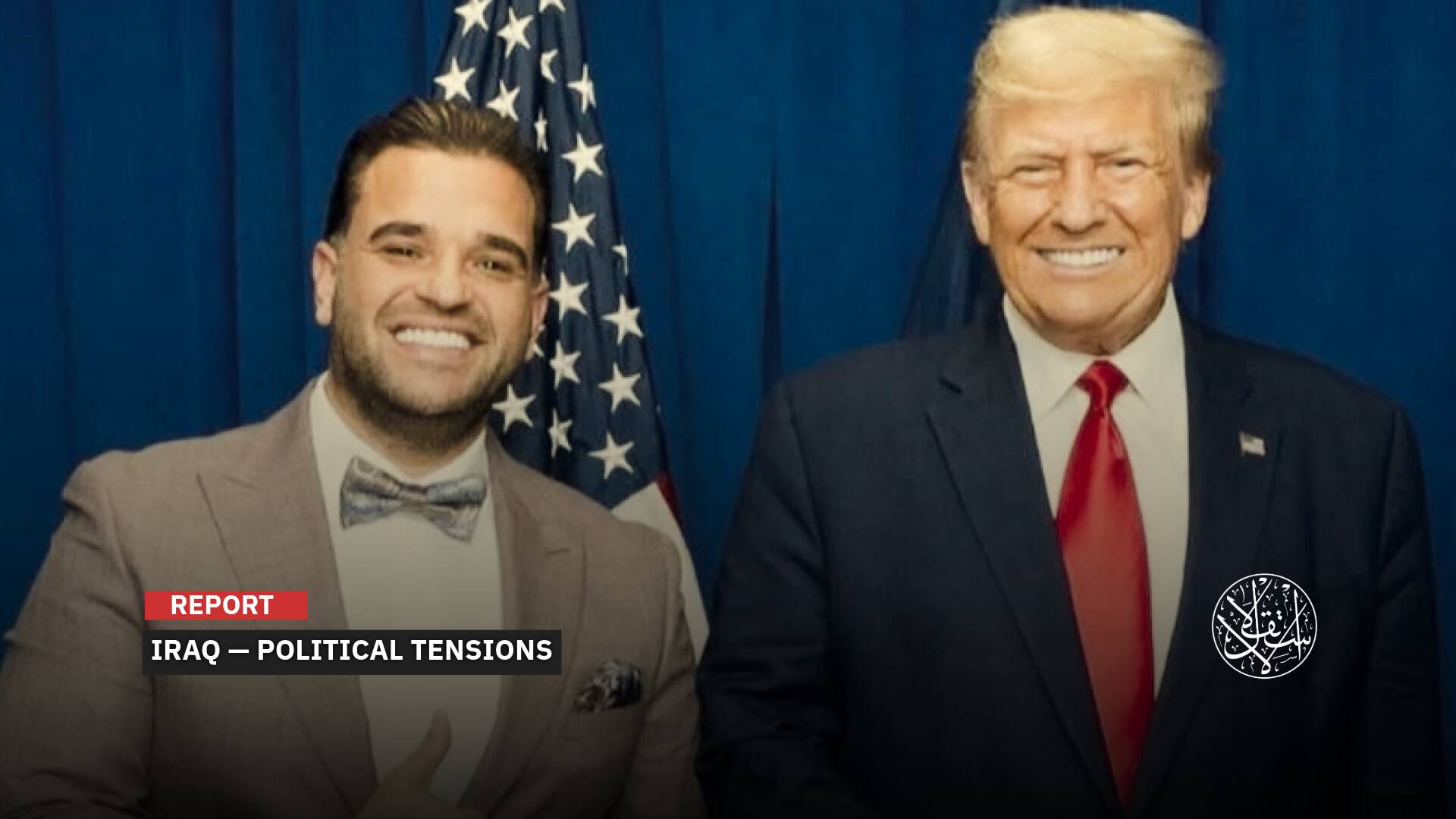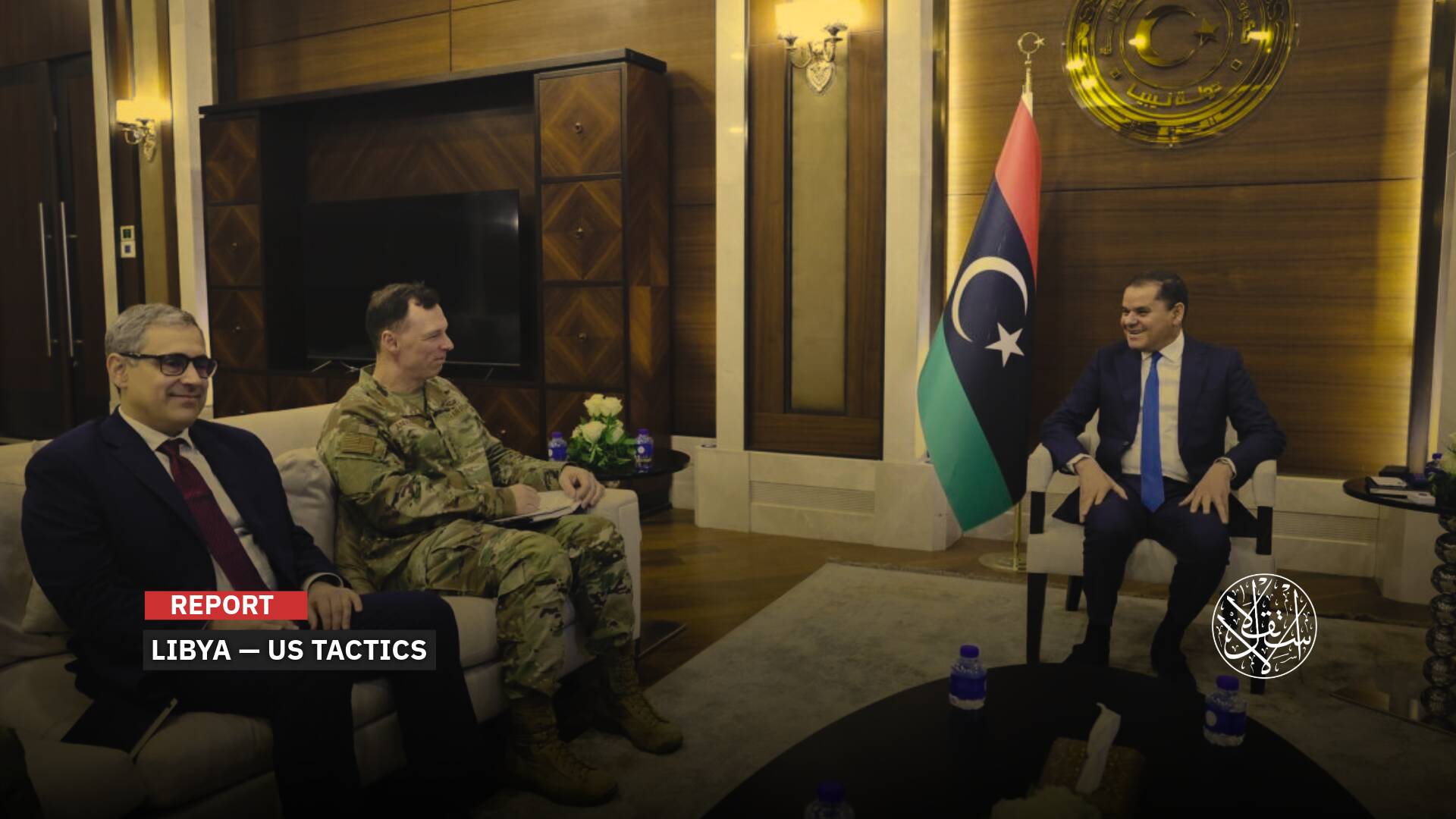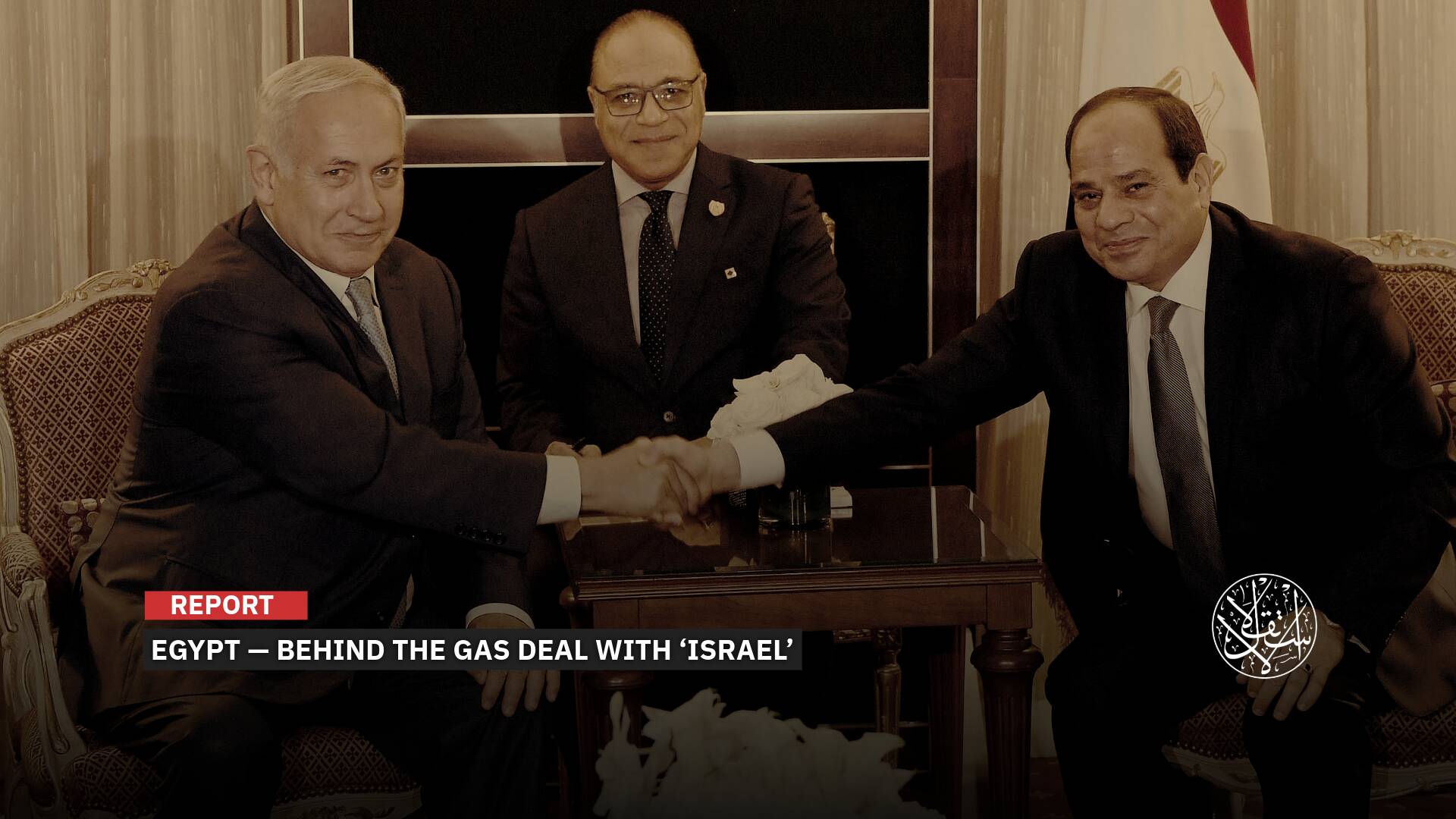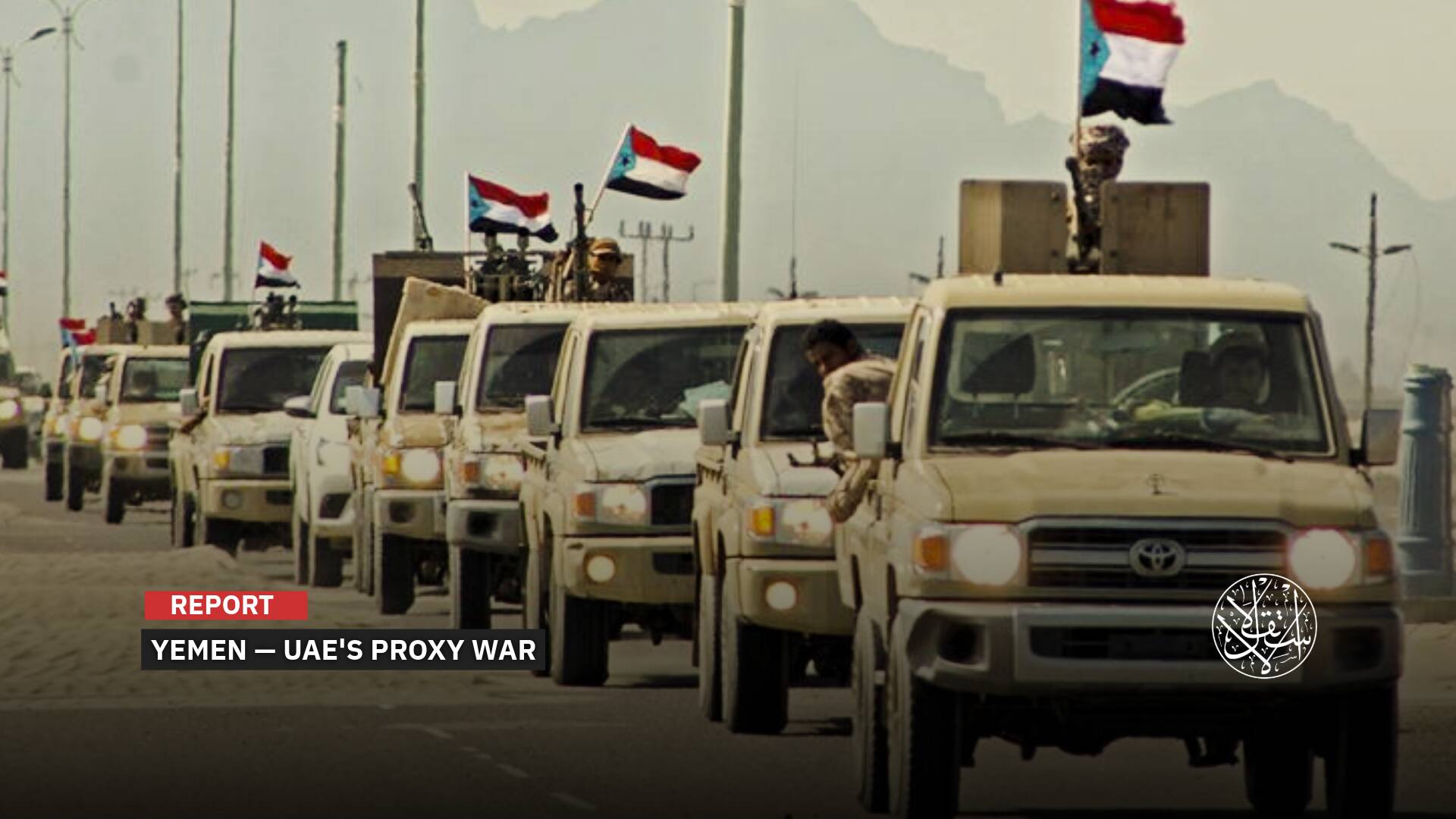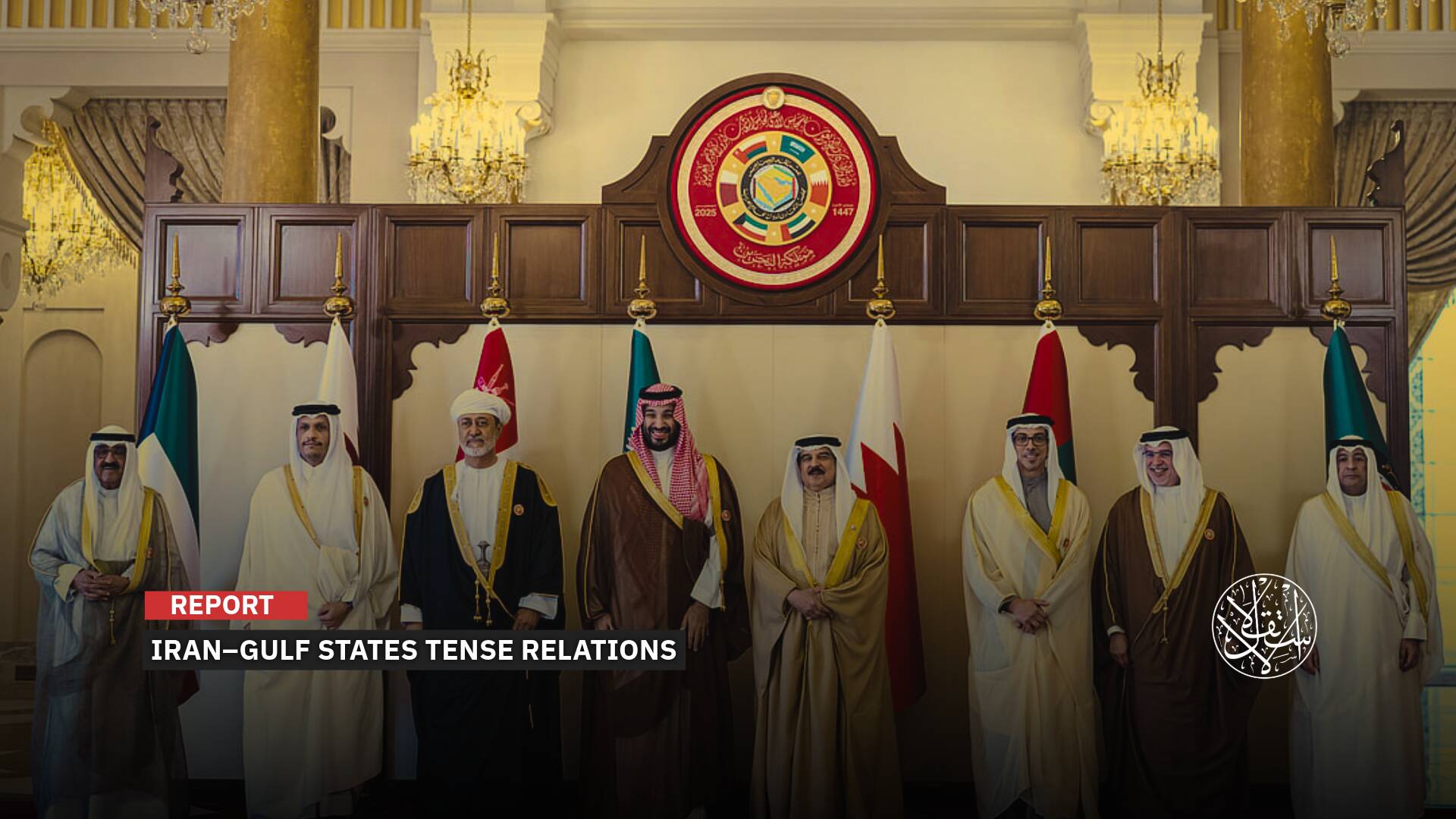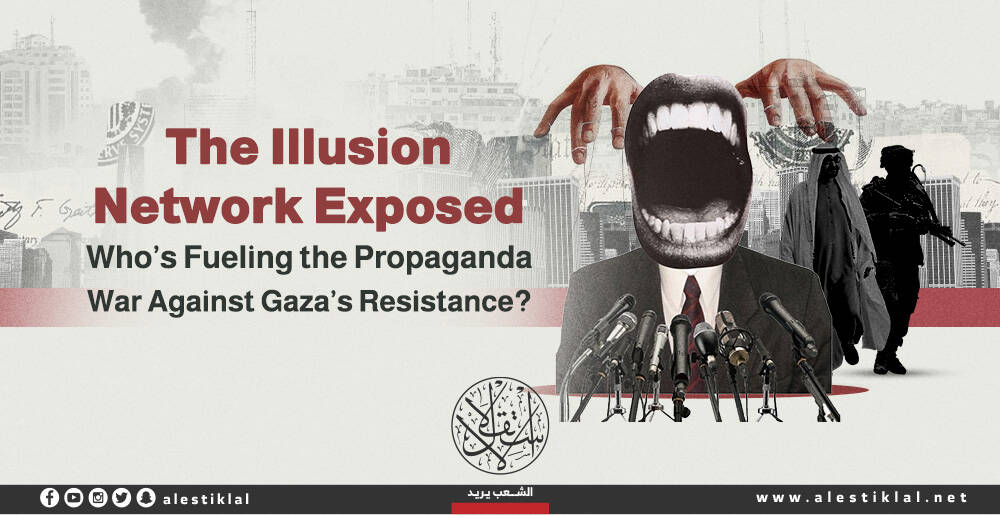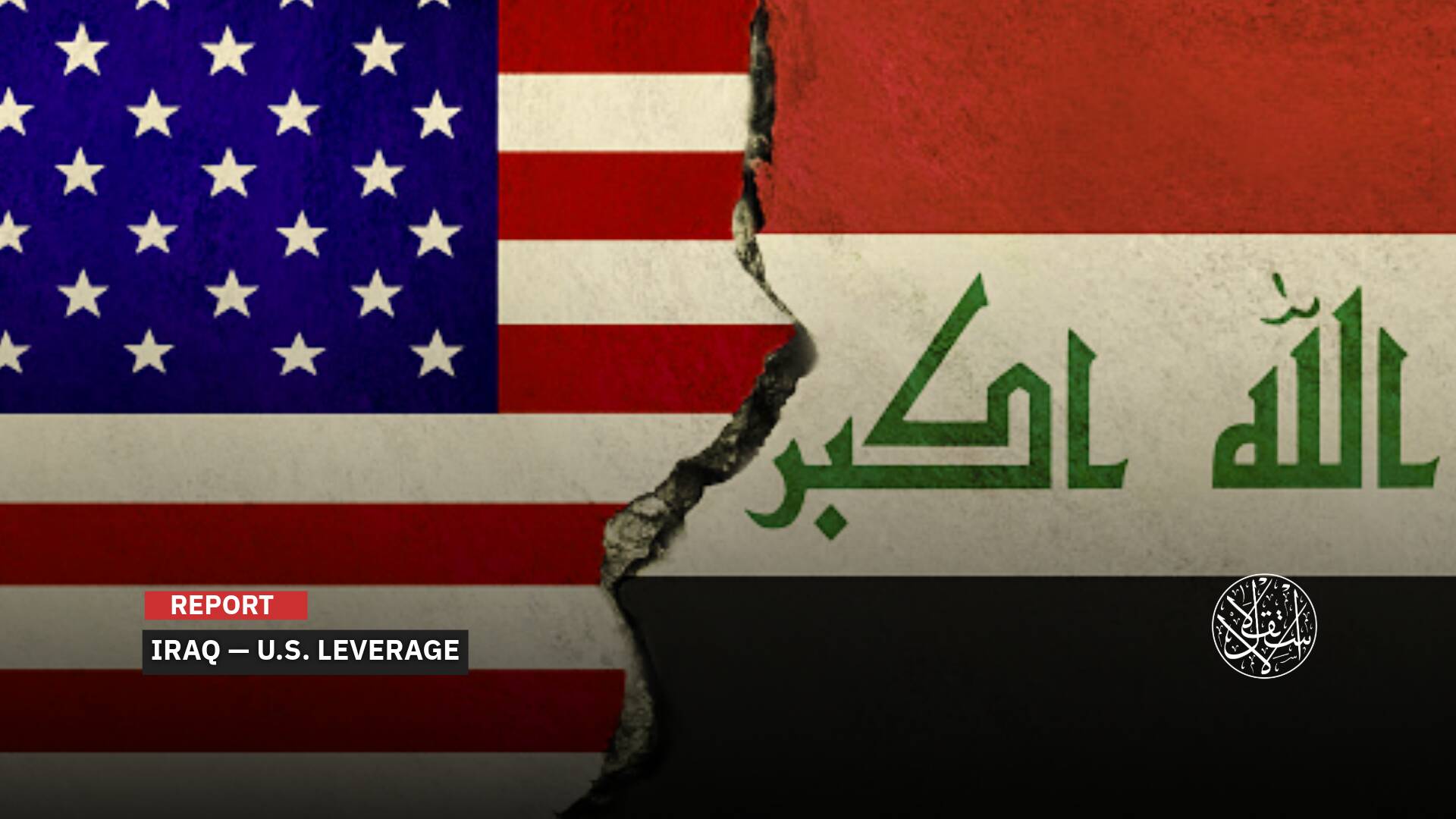The Attacks Continue: Will the Iranian Regime Push the Protesters to an Armed Revolution?

In a remarkable development of the massive popular protests taking place in Iran, killings escalated against members and leaders of the Revolutionary Guards and the Iranian security services, the latest of which was the killing of the head of the Revolutionary Guards Intelligence (IRGC), Colonel Nader Bayrami.
On November 18, 2022, the Iranian Mehr news agency reported that “security defender Colonel Nader Bayrami was killed in a white-weapon attack in the city of Sahneh in Kermanshah Province by rioters and thugs, and they were immediately arrested by the security services and handed over to justice.”
Successive Attacks
The killing of Colonel Bayrami preceded one day by the killing of nine members of the security forces, the Popular Mobilization Forces (Basij), and border guards during clashes, shootings, and stabbings, in several cities witnessing anti-regime protests, according to official Iranian media.
On November 19, Tehran denounced the international community’s silence over the bloody attacks in several Iranian cities, which the government described as terrorist acts, and accused foreign forces of being behind the protest movement in an attempt to destabilize the country.
“The Iranian people and the international community have witnessed in recent days criminal acts by a group of ruthless terrorists against innocent citizens and defenders of Iran’s security in the city of Izeh,” the Iranian Foreign Ministry said in a statement published by the official IRNA news agency.
“The deliberate silence of foreign promoters of chaos and violence in Iran, in the face of terrorist operations, have no result other than encouraging terrorists and promoting terrorism in the world,” the ministry added.
Iranian Foreign Minister Hossein Amir-Abdollahian accused “Israel” and Western intelligence agencies, in a tweet on November 17, of planning to divide Iran and ignite a civil war in it, indicating that the Iranians will not be deceived by such plans.
Prior to that, the commander of the Revolutionary Guards in Iran, Major General Hossein Salami, stated on November 17 that his country is witnessing a great conspiracy against its people, led by deceived people who have become an echo of the enemies at home in order to stir up strife.
Salami added that “Iran’s enemies today headed towards the martyrs’ war,” pointing out that “all the devils of the world gathered against Iran, namely the United States, Britain, France, Germany, Israel, Saudi Arabia, and others.”
Iranian media announced that 7 people were killed and 15 others were injured, on November 16, during a terrorist attack by unidentified gunmen in the central market in the city of Izeh in Khuzestan, western Iran.
“A group of terrorists stormed the market and opened fire on people and Basij members of the Revolutionary Guards who were present in the place,” the ISNA news agency said.
On October 26, at least 20 people were killed, during an attack claimed by the ISIS organization, on the Shiite shrine Shah Chirag, in the city of Shiraz, southwestern Iran, but the attack was questioned by loyal and opposition Iranian media that the organization was behind it.
Since September 16, 2022, Iran has witnessed widespread protests condemning the killing of the Iranian Kurdish girl, Mahsa Amini (22 years old), after she was detained by the so-called morality police on the pretext of inappropriately wearing a hijab.

Demonizing the Protests
Regarding the reasons for the escalation of attacks against security personnel with the continuation of popular protests, researcher on Iranian affairs, Hamid al-Obeidi, explained that “the killing of a number of security men and a leading figure the size of the head of the Revolutionary Guards Intelligence is not without doubts about the matter, because Iran is a police state and it is difficult in such a place for such incidents to occur.”
He added to Al-Estiklal that “the security men in Iran wear civilian clothes and are deployed extensively among the citizens, as you can hardly see a security man in the uniform of security men in the streets of Iranian cities. Therefore, the killing of a figure the size of Colonel Bayrami may have been with the complicity of the regime itself.”
Al-Obeidi indicated that “the Iranian regime has accused what it called (rioters) of killing Colonel Bayrami, as it seeks to demonize the protesters by accusing them of killing security men and senior figures in the Revolutionary Guards, with the aim of justifying the killings and repression it commits against protesters under the pretext of terrorism, as happened with the Syrian revolution.”
The Iraqi researcher expressed his belief that “the multiple security services within the Iranian regime include major conflicts. Therefore, it is not excluded that these killings of security and military leaders are one of the aspects of this conflict, which the protests take as a cover for it.”
Al-Obeidi pointed out that “the Iranian regime does not hesitate to create such killing scenarios to prevent its fall, and it is ready to kill leaders and members of the security services in order to tarnish the image of the protests, which have remained peaceful since their launch in September 2022.”
On his part, Syrian political analyst Ahmed Kamel said during a TV interview on November 9 that “the only possible solution to bring down the regime is the disintegration of the Iranian state because peaceful demonstrations, as well as individual military action, will not bring down the regime, but the bet is on vertical splits, with parts of the state siding with the protesters.”
He explained that “Iran includes many races and nationalities, and therefore if the repression continues, the Balushi in the Revolutionary Guard will side with his nationality, as well as the Kurds, Turkmen, Azeri, and Arabs, and thus divisions will occur in the state.”
“The Iranian state will witness disintegration during the next stage if the protests turn into an armed revolution,” Kamel expected.

Fate of the Revolution
Regarding the fate of the protests taking place in Iran, the Ahwazi writer Youssef Azizi wrote that “there is a law of revolutions that says that every uprising can enter the phase of revolution if two conditions are met. The first is that the people could not bear to continue their routine life, on the one hand, and the second is that the ruling authority could not continue its rule over them as it was in the past.
“What we are currently witnessing in Iran is that the angry protesters can no longer tolerate the mullahs’ rule over them, but the second condition has not yet been fully met. That is, the authority can still rule, albeit with difficulty,” he explained.
“However, we can say that the uprising that broke out two months ago entered what is known as revolutionary conditions, but it has not yet reached revolutionary conditions,” he added.
In an article published by the Independent Arabia newspaper on November 13, Azizi ruled out that “the regime will be able to eliminate this revolution, but even if it could do that, it would be temporary, and another eruption would break out after a short period and at a greater pace, for reasons related to the cultural depth of the revolution and its entrenchment in the consciences of most Iranians.”
The writer pointed out that “the struggle between the modernizing part of Iranian society against the traditional part of it is at its most intense these days, and it seems that the time has come for the first to triumph over the second after a long struggle.
“The causes of the revolution in Iran can also be summarized in three reasons: sexual discrimination, national oppression, and worsening economic conditions,” he said.
Azizi pointed out that “despite the prominent role of Iranian women and their sacrifices, as well as the presence of the middle and oppressed classes during the current protests and demonstrations. There is a need for broader public participation and the inclusion of people who have not yet joined.
“Likewise, there is a need for different methods of struggle against the existing regime in Iran, including labor strikes, especially the workers of the oil company, and the defections within the ranks of the ruling class, especially the armed forces, will also help advance the revolution camp at the expense of the authoritarian power,” he said.

The Iranian Human Rights Organization reported, in a statement on November 18, that “the death toll from the Iranian protests had risen to 342, including 43 children and 26 women.”
On November 17, Mizan News Agency, affiliated with Iran’s judiciary, said, “5 people arrested during the protests had been sentenced to death.”
Amnesty International said on Twitter that “the Iranian authorities are seeking to impose the death penalty on at least 21 people, in sham trials intended to intimidate the participants in the popular uprising that shook Iran since September, and to deter others from joining the protests.”
Sources
- Senior IRGC officer killed in western Iran amid violence-marred protests
- Foreign plot to ignite civil war, divide Iran failed: Iranian FM
- Iran: The revolution and the counter-genie [Arabic]
- Commander of the Revolutionary Guards: The United States, Britain, France, Germany, Israel and Saudi Arabia are fighting a war against Iran [Arabic]


